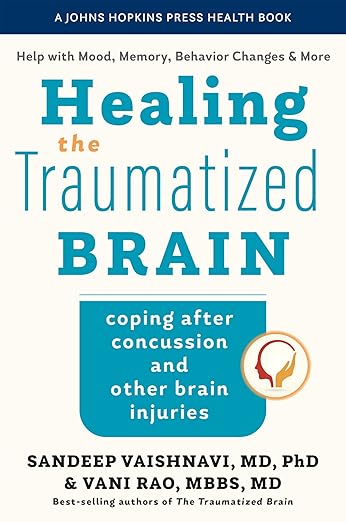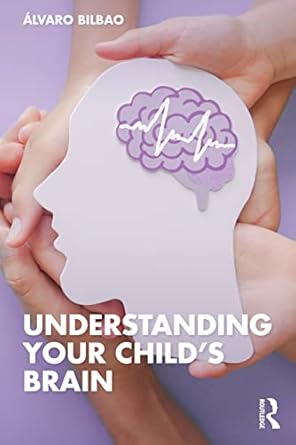Brain
The human brain is the most complex organ in the body. It regulates your basic body functions; enables you to interpret and respond to everything you experience; and shapes your thoughts, emotions, and behavior.
Chronic exposure to drugs of abuse disrupts the way critical brain structures interact to control and inhibit behaviors related to drug abuse. Just as continued abuse may lead to tolerance or the need for higher drug dosages to produce an effect, it may also lead to addiction, which can drive an abuser to seek out and take drugs compulsively. Drug addiction erodes a person's self-control and ability to make sound decisions, while sending intense impulses to take drugs.
From Our Collection
Parts of the Brain
The brain is made up of many parts that all work together as a team. Different parts of the brain are responsible for coordinating and performing specific functions.
Brain Stem:
Controls basic functions critical to life, such as heart rate, breathing, and sleeping.
Limbic System:
Contains the brain’s reward circuit; it links together a number of brain structures that control and regulate our ability to feel pleasure.
Cerebral Cortex:
Divided into areas that control specific functions and process information from our senses, enabling us to see, feel, hear, and taste. The front part of the cortex, the frontal cortex or forebrain, powers our ability to think, plan, solve problems, and make decisions.
Neuron Networks in the Brain
The brain is a communications center consisting of billions of neurons, or nerve cells. Networks of neurons pass messages back and forth to different structures within the brain, the spinal column, and the peripheral nervous system. These nerve networks coordinate and regulate everything we feel, think, and do.
Neuron to Neuron:
Each nerve cell in the brain sends and receives messages in the form of electrical impulses. Once a cell receives and processes a message, it sends it on to other neurons.
Neurotransmitters:
The messages are carried between neurons by chemicals called neurotransmitters.
Receptors:
The neurotransmitter attaches to a specialized site on the receiving cell called a receptor. A neurotransmitter and its receptor operate like a “key and lock,” an exquisitely specific mechanism that ensures that each receptor will forward the appropriate message only after interacting with the right kind of neurotransmitter.
Transporters:
Located on the cell that releases the neurotransmitter, transporters recycle these neurotransmitters (i.e., bringing them back into the cell that released them), thereby shutting off the signal between neurons.
Source: Addiction: Drugs, Brains, and Behavior - The Science of Addiction (National Institute on Drug Abuse)
Fact Sheets
Videos
Podcasts
Trainings
- Addressing Social Determinants to Optimize Infant Brain Development (UCFS Department of Psychiatry and Behavioral Sciences)
The Impact of Substance Use on the Developing Adolescent Brain (NORC – University of Chicago) The Stages of Adolescent Brain Development With UCLA's Adriana Galvan, Ph.D. (Annie E. Casey Foundation)
Curricula & Lesson Plans
- Brain Explorer
From NINDS
- BrainFacts.org
Resources for educators
- Digital Media and The Brain
From Commonsense Media
- Intro to the Brain
From Columbia University
- What’s In a Brain? More Than Matter!
A lesson plan from Sanford PROMISE
Research & Data
- PubMed
PubMed comprises more than 20 million citations for biomedical literature from MEDLINE, life science journals, and online books. Citations may include links to full-text content from PubMed Central and publisher websites.




